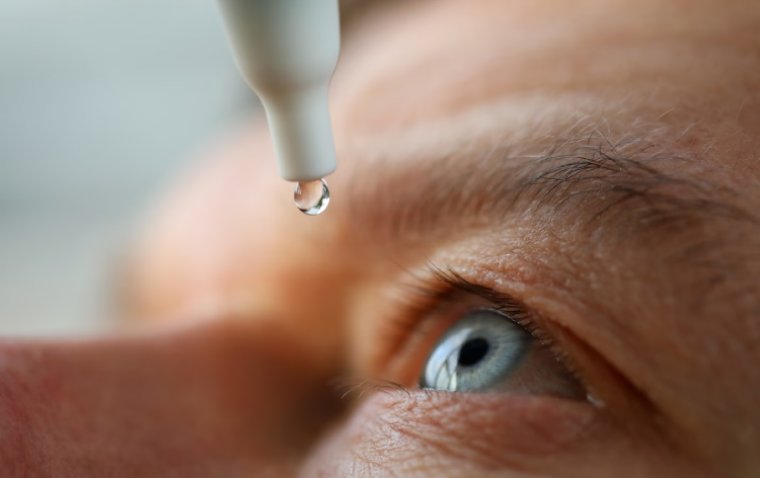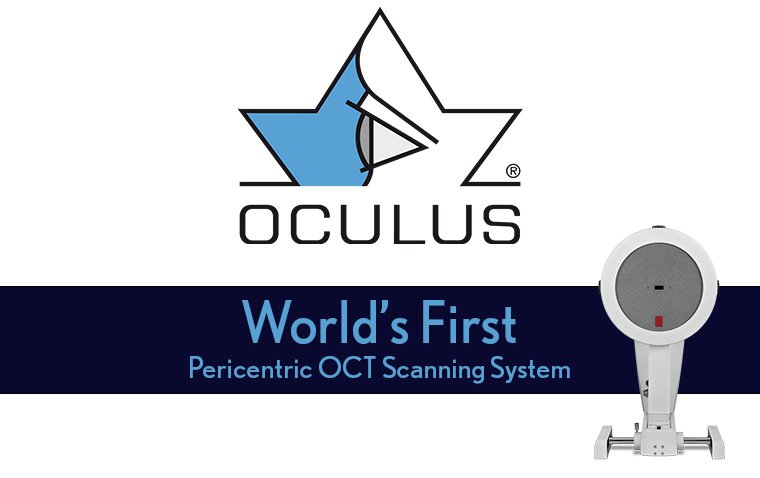
Researchers Develop Novel Eye Drop That Reaches the Back of the Eye
After 30 years of dedicated work, two researchers have achieved a remarkable breakthrough by developing eye drops that can effectively reach the back of the eye. This groundbreaking development paves the way for needle-free treatments of blinding retinal diseases, such as diabetic macular edema (DME).
Einar Stefánsson, a renowned vitreoretinal surgeon with expertise in diabetic eye diseases, and his colleague Thorsteinn Loftsson collaborated tirelessly to create a new type of eye drop specifically designed to address DME, which affects approximately 37 million individuals worldwide annually.
The current challenge lies in the accessibility of treatments for DME. Existing cures are costly and involve surgical implants or injections administered by trained ophthalmologists in sterile environments, limiting access for the majority of patients.
Einar Stefánsson emphasized the significance of non-invasive and simpler approaches to deliver drugs for retinal diseases. The new eye drop, currently undergoing clinical trials with promising early results, has the potential to reach millions of diabetes patients who could purchase it from local pharmacies and self-administer the treatment.
While the external appearance of the new drug resembles traditional eye drops, its mode of action differs significantly. Unlike conventional eye drops, which only deliver a small portion of the drug to the eye, the new eye drop overcomes this limitation. The researchers discovered a nanoparticle composed of cyclodextrins, derived from starch, that facilitates the drug's penetration through two protective barriers—water and lipid layers—to reach the retina.
This breakthrough is made possible because the nanoparticle's structure resembles a doughnut, with water-soluble properties on the outside and lipophilic characteristics on the inside. By utilizing this innovative technology, the drug successfully reaches the back of the eye after the dissolution of the doughnut-shaped nanoparticle.
The beauty of this invention lies in the fact that the hydrophilic molecules in the nanoparticle are naturally broken down into glucose by alpha-amylase, an enzyme found in the tear film. This natural breakdown process avoids the generation of waste products. Einar Stefánsson and Thorsteinn Loftsson dedicated over three decades to transforming their theoretical knowledge into practical application. The researchers meticulously studied and overcome the protective barriers over 15-20 years, followed by another decade to develop a market-ready drug.
Reflecting on his motivation throughout the arduous research process, Einar Stefánsson expressed his belief that truth manifests itself in simplicity and beauty. He emphasized the profound impact of science and technology in his unwavering confidence and understanding of the project's viability. While regulatory, financial, and marketing challenges prolonged the timeline, Stefánsson remained resolute in his pursuit of a solution that would revolutionize the treatment of retinal diseases.
The incredible development of these eye drops marks a significant milestone, offering hope for millions of individuals affected by diabetic macular edema and potentially revolutionizing the way retinal diseases are treated.
(1).jpg)










